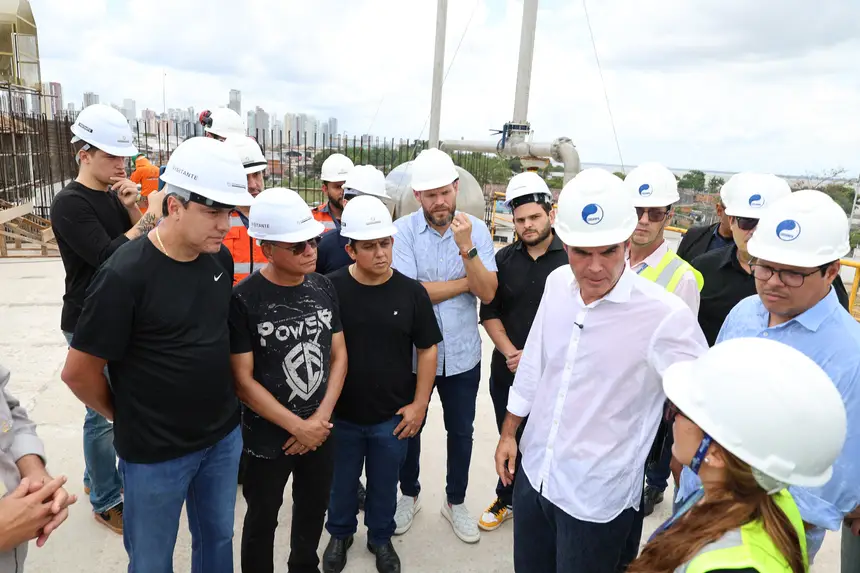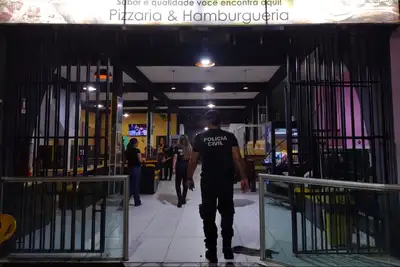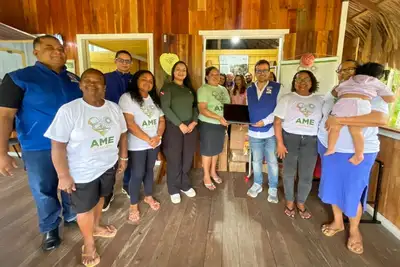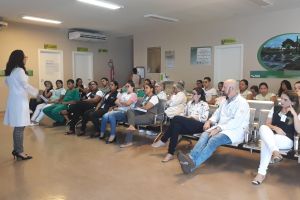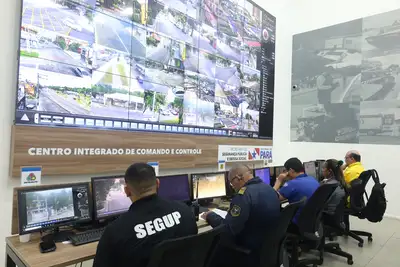Governor visits the works of the largest Sewage Treatment Plant in Pará
ETE UNA will increase sewage treatment capacity in Belém and boost environmental and sanitary improvements in the capital
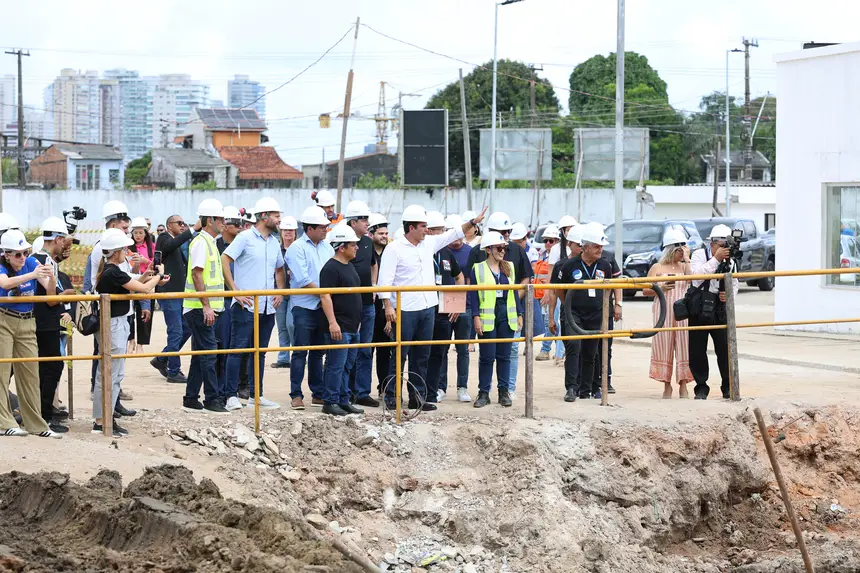
Governor Helder Barbalho conducted a technical visit on Thursday (7) to the works of the Una Sewage Treatment Station (ETE UNA), located in Belém. Accompanied by directors of the Pará Sanitation Company (Cosanpa) and city councilors, he inspected the progress of the interventions in one of the largest sanitation projects in the state.
With 89% of the services completed, ETE UNA represents a milestone for the sanitation infrastructure of Belém. The station will be responsible for treating sewage from approximately 90,000 residents, establishing itself as the largest in the state and contributing to the preparation of the capital for the 30th United Nations Conference on Climate Change (COP30), which will be held in November.
“This is the largest investment in sewage treatment in the history of Pará: over R$130 million. In September, we will deliver this station, which will allow 90,000 people to have sewage treatment in their homes. This is a turning point to improve public health in Belém, the capital of the Amazon,” stated Governor Helder Barbalho.
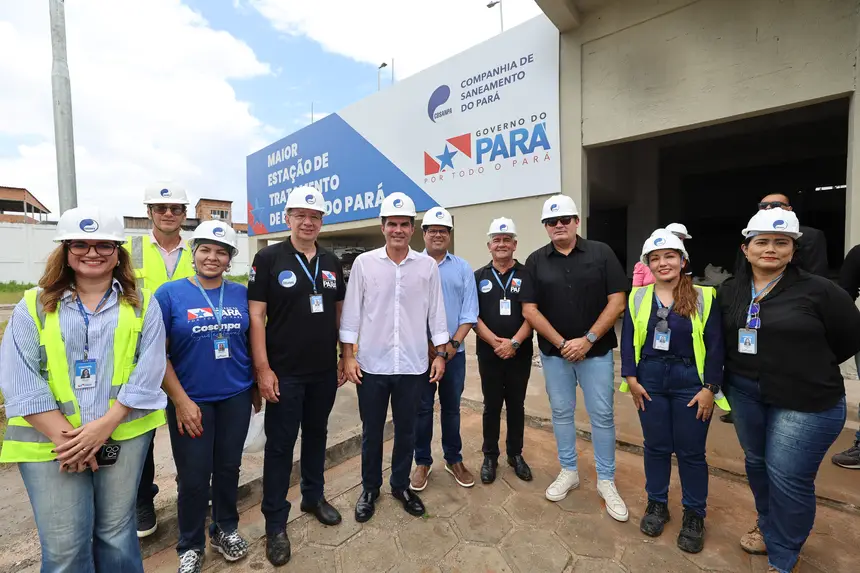
The construction is in its final phase, focusing on the completion of the primary and tertiary treatment systems. The main structure of the station, the UASB reactor – the system responsible for removing organic matter from sewage – is already completed. According to Cosanpa, the next steps include interconnecting the units and finalizing the raw sewage lift station, as well as completing the civil works and assembling the pipelines.
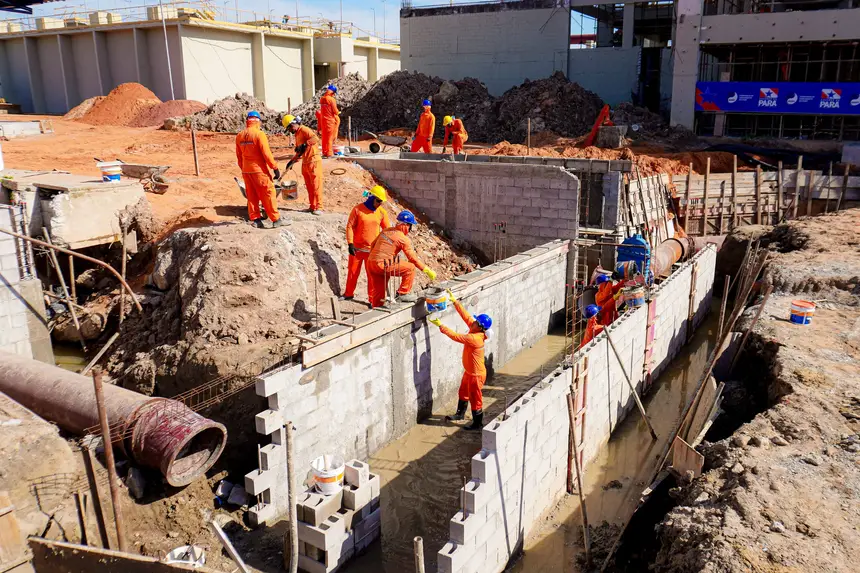
The delivery of ETE UNA will put an end to the discharge of untreated sewage into the Guajará Bay, promoting the decontamination of water resources and improving sanitary conditions in Belém. “We are delivering a high-capacity structure, with a direct impact on the lives of thousands of families. It is a technical and environmental advancement that reaffirms our alignment with the goals of universal sanitation and our commitment to the health of the population and the natural resources of our region,” emphasized the president of Cosanpa, José Fernando de Mendonça Gomes Júnior.
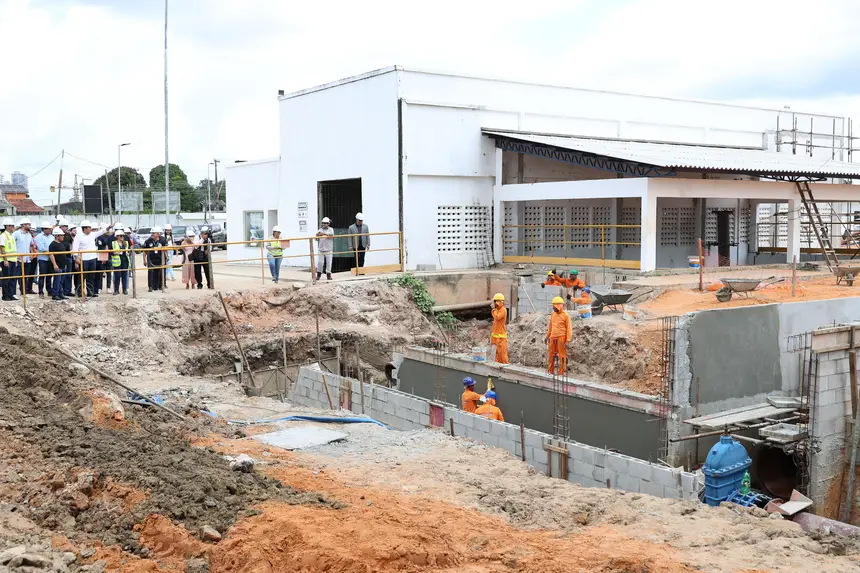
For Cosanpa engineer Susan Alves, the station symbolizes a transformation in the city's sanitation. “The ETE is a starting point to transform Belém regarding sanitation, with social and environmental impacts, as it influences various sectors.”



